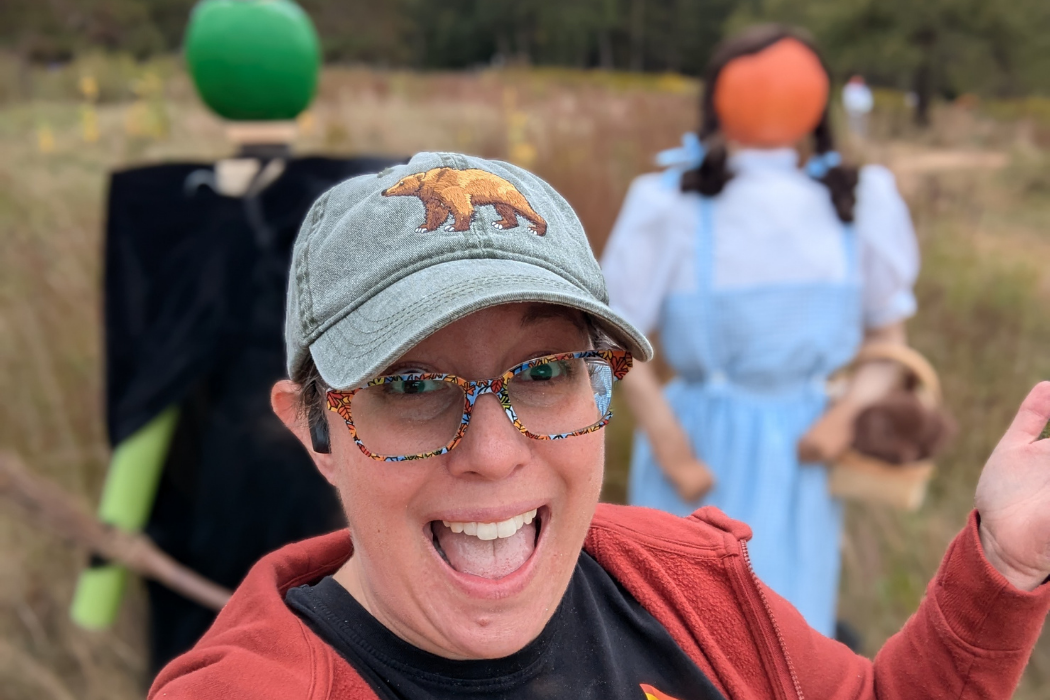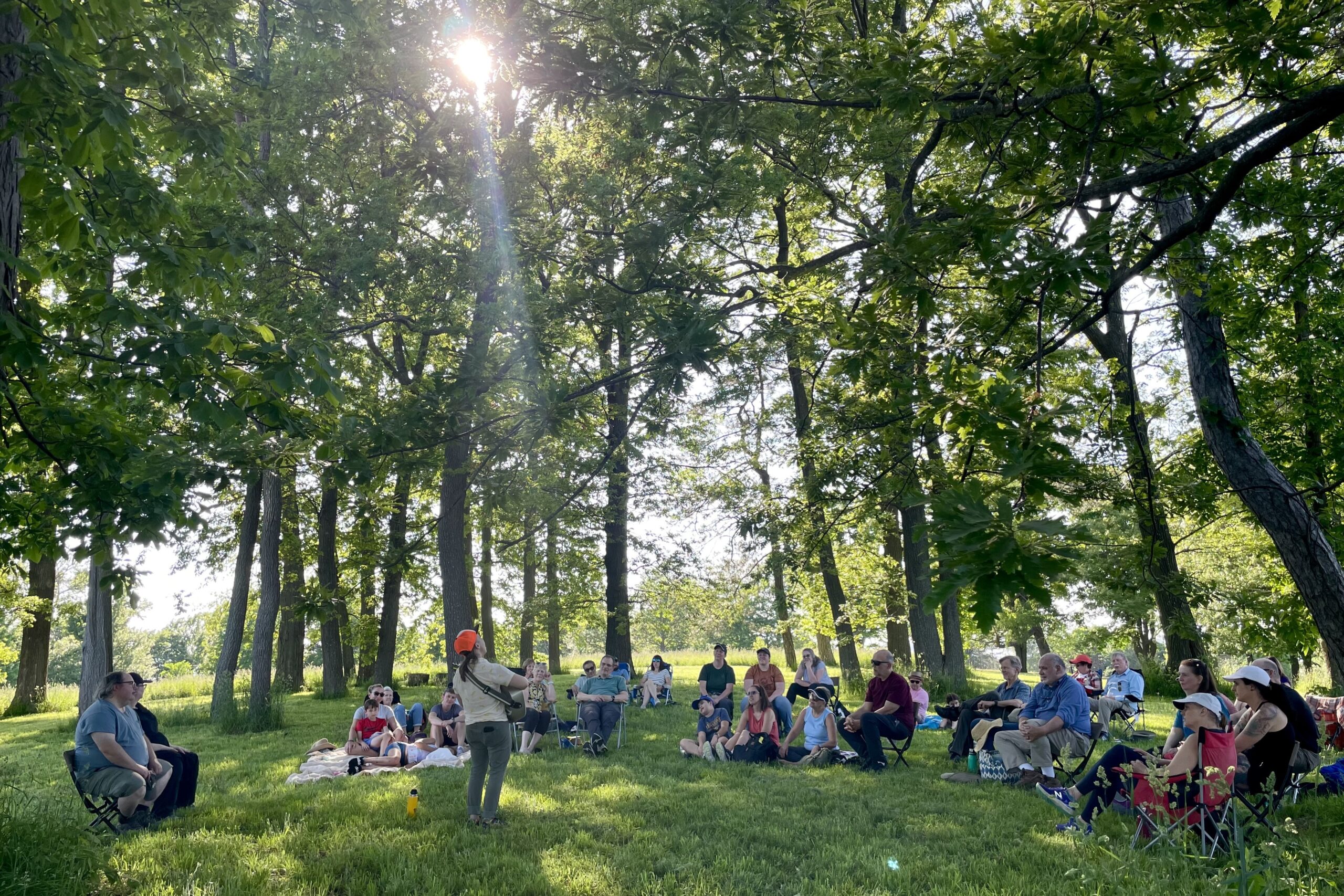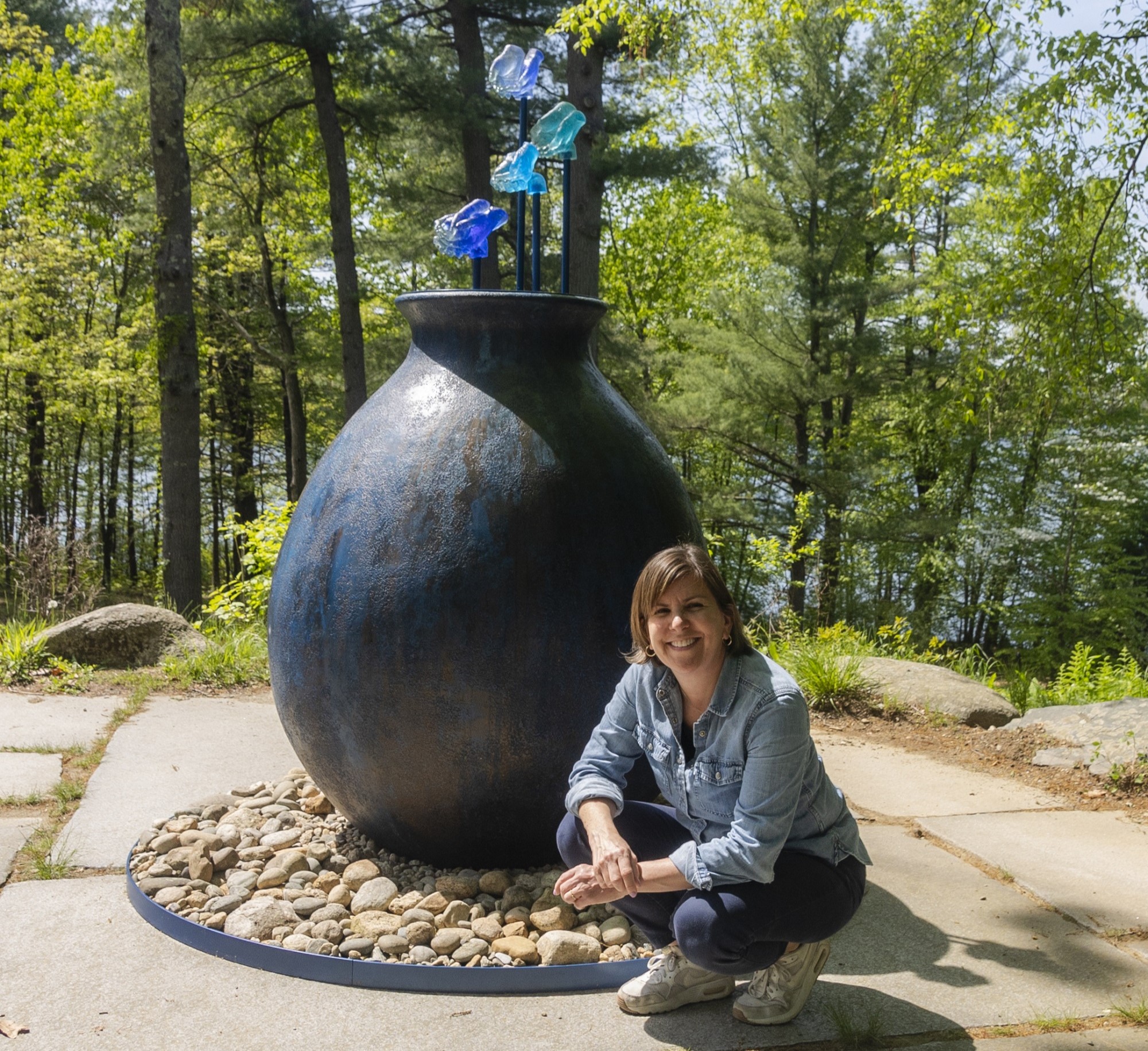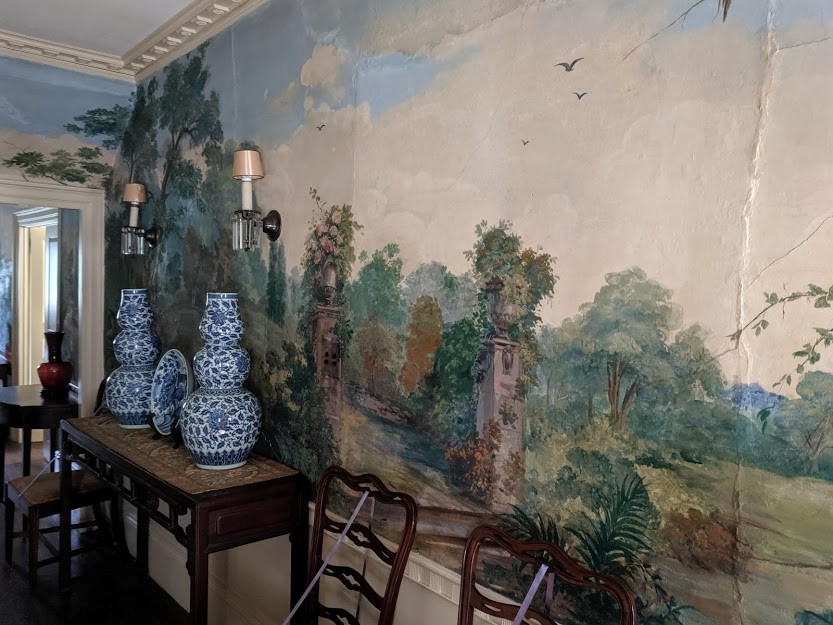
Figure One: Just one part of the first floor hall mural at Stevens-Coolidge House & Gardens
In 1914, Helen Stevens and John Gardner Coolidge left Massachusetts for Paris. John had been called to return to diplomatic service at the onset of World War I, so they packed their Boston home, closed the Stevens family house at Ashdale Farm in North Andover, and set sail. Just a few short months earlier, however, they had finalized plans with preservation architect Joseph Everett Chandler to transform Ashdale’s main house from a sprawling, quirky Victorian farmhouse into a true Colonial Revival estate. Rather than wait until they returned from France, the Coolidges decided to have Chandler oversee the entire renovation while they were abroad. With Chandler’s help their house was completely transformed in a few short years.
Both the Coolidges and Chandler prioritized the New England landscape above all else, and much of Chandler’s work at Stevens-Coolidge emphasizes the importance of gardens inside and out. Visitors are surrounded by nature from the moment they step through the front door. Lush greenery, ancient statuary, and songbirds abound, covering the walls both upstairs and down. Murals were an important part of colonial New England interior design, and Chandler’s renovations throughout the home utilized every possible visual connection to the families’ colonial history—including the practice of full-size wall murals. Thanks to Chandler’s connection to Joseph Remidas, a Spanish artist based in New Bedford, Massachusetts, the walls of the entire two-story Front Hall are completely covered by a verdant, luxuriant secret garden.
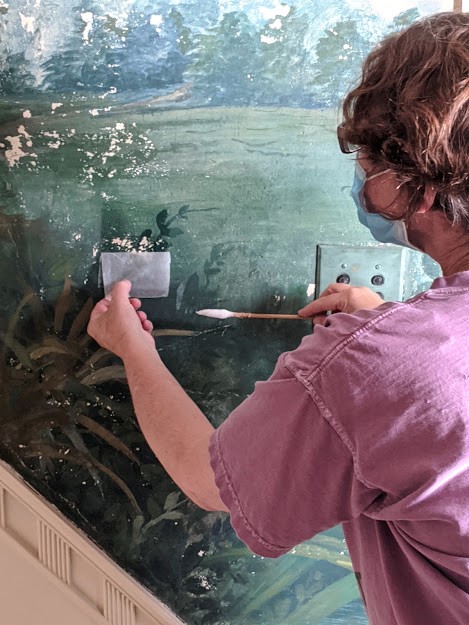
Figure 2: Conservator Lisa Mehlin works to consolidate the original paint to the plaster, the first step in conserving any mural.
Thanks to an anonymous grant to revitalize the Stevens-Coolidge Place house and gardens, the Curatorial team began work over the summer of 2020 with conservator Lisa Mehlin to provide some much-needed care for the entire mural. Unlike many paintings you might see hanging on the wall of a museum or art gallery, in this mural the paint was applied directly to the plaster. Remidas’ process was most similar to that of an Italian fresco, except the plaster was dry before Remidas painted his design rather than wet like a true fresco. Using distemper pigments, Remidas covered every square inch of plastered surface in the front hall, featuring local and exotic flora, Italianate fountains and pools, cherubs, and North American songbirds in the trees. Distemper paint requires special maintenance every few decades, unlike modern mixtures like acrylic: it has a binder, such as animal hide glue, mixed in with the color to adhere it to the wall. The mixture of binder and pigment can slowly lift away from the plaster over time, flaking away so the design disappears or even has a popcorn-like texture. Lisa’s work will allow the mural’s original design to shine through again for visitors to Stevens-Coolidge.
The project has two phases: Phase I is consolidation (seen above), where Lisa ensures that all original pigment is still attached to the plaster. She uses an old technique to accomplish this part, where a diluted solution of rabbit hide glue gets brushed onto the mural through square sheets of Japanese rice paper. Phase II is inpainting: after all the original pigment has been securely reattached to the plaster, Lisa uses watercolor paints to carefully tone back the white gaps where the distemper flaked away. Using watercolor here is important because it is reversible: rather than making permanent changes to the mural, conservators today use materials that allow us to make any necessary adjustments in the future without disturbing the original image. Here you can see a before and after image of one especially damaged portion—we are so glad to have this little cherub’s face back in view!
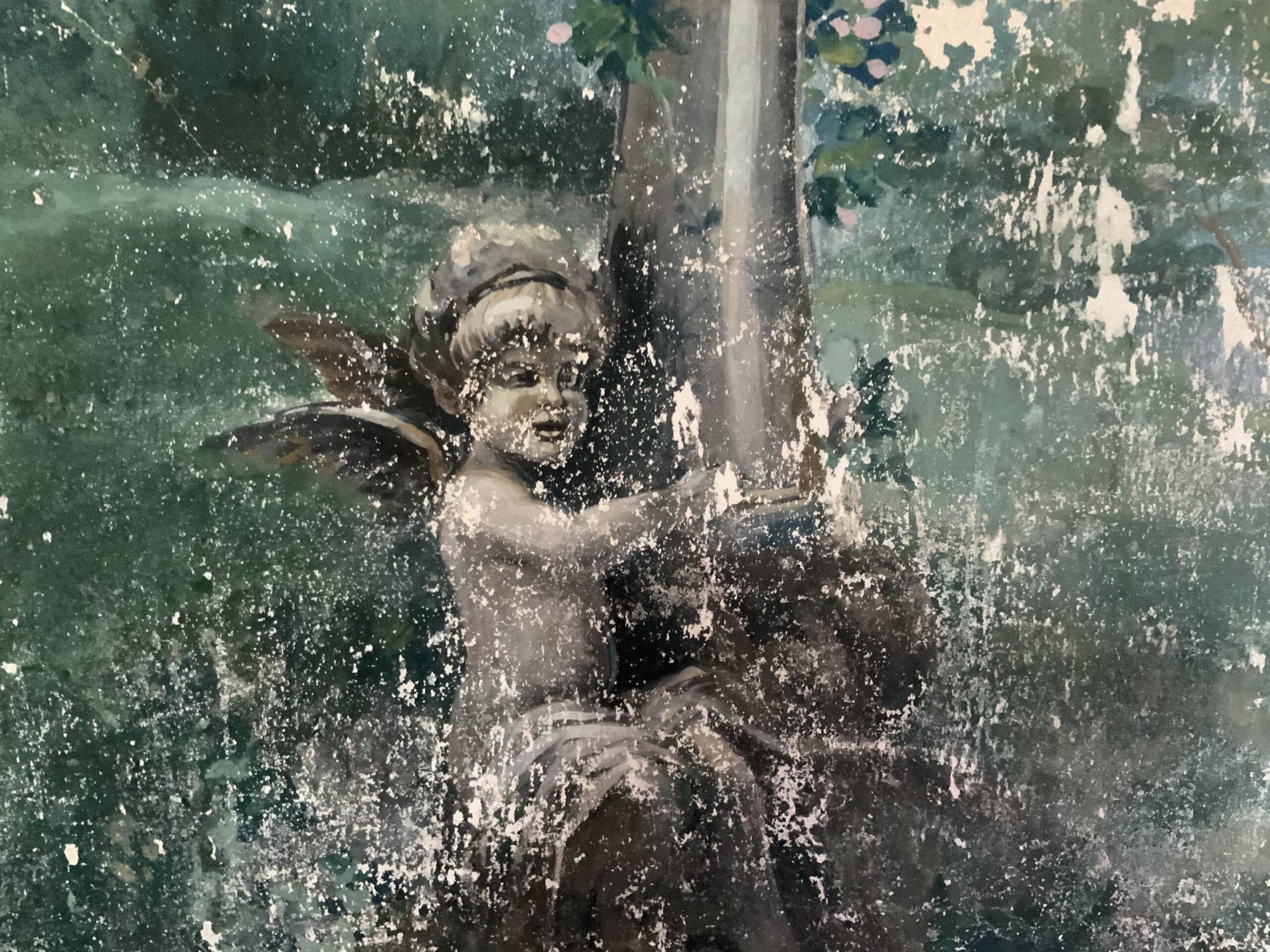
Figure 3: Image of the cherub by the back door July 2020, pre-treatment. Photo courtesy of Lisa Mehlin.
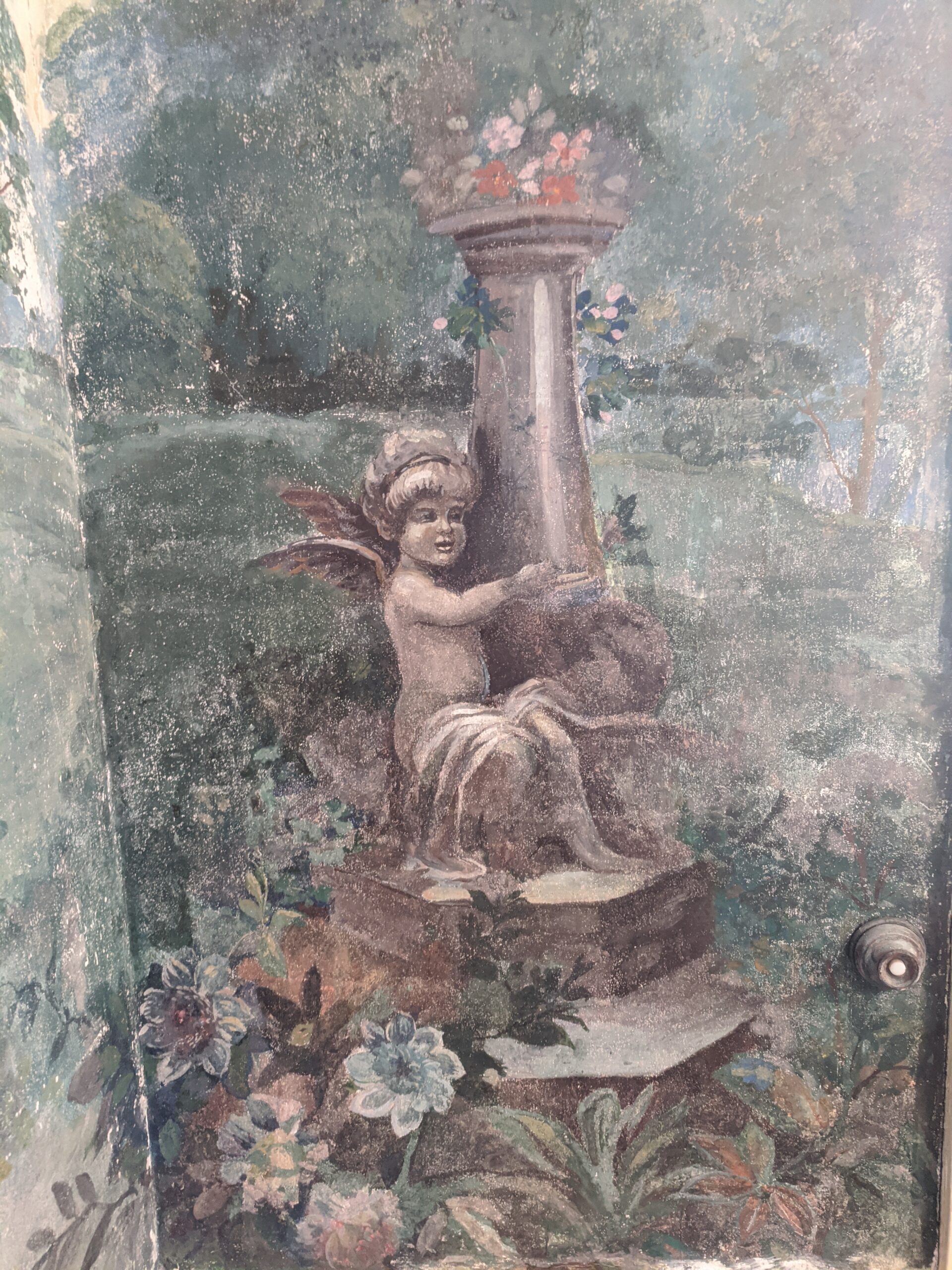
Figure 4: Image of the same cherub after treatment is nearly completed, December 2020.
In his 1916 book, The Colonial House, Chandler describes colonial gardens as providing “an indescribable air of peace.” Remidas’ beautiful work on the walls of the Front Hall does just that: ushers in visitors to Stevens-Coolidge with a sense of calm, foreshadowing the beautiful gardens behind the house and providing a welcome escape from the busy street just beyond the front door. We are lucky that this mural continues to grace the main hall at Stevens-Coolidge, and even more fortunate to have such expert help from Lisa Mehlin to conserve it for future generations.
Join us next week for part two!
